Interview Patrick Kasingsing
Images and Captions Lester Babiera
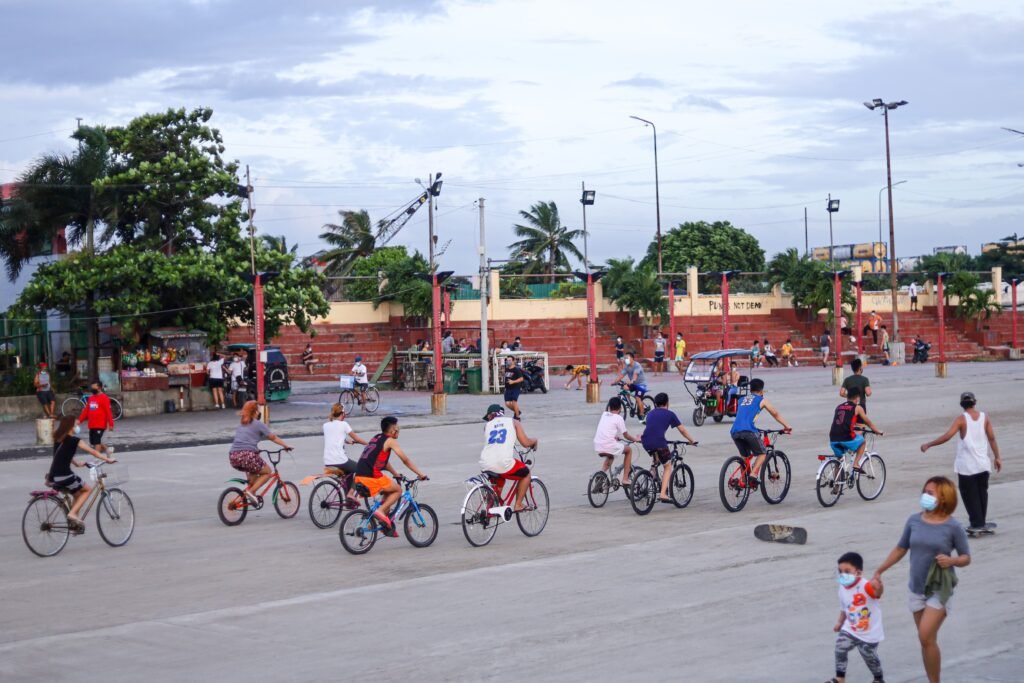

Hello Lester! Where have you cycled to today?
I bought a bag at BMX Cycle Center in Caloocan. It’s one of the oldest and most reliable bike shops in Metro Manila. They are very helpful. I decided to go to SM San Lazaro because they have an impressive bike parking system, but the mall guards wouldn’t let me in because I forgot my face shield.
For an afternoon spin, I went to Manila North Cemetery. I’ve been living in Manila for more than 10 years now and I really wanted to see what’s inside this famous memorial park. It was a surreal feeling cycling in a cemetery and seeing that there are actually many residents who casually live with the dead.
We’ve had you before in Kanto where you got to talk about your backpacking trip in India. You’re no stranger to giving into the unknown. What prompted you to start your First Bike Ride initiative?
I remember. That Kanto issue was wonderful. Thanks for having me here again. I started First Bike because my experience of cycling in Metro Manila is easy, and I want others to know this.
I started cycling six months after the quarantine period started. There was a massive increase of cyclists on the streets which pressured the government to improve our roads and create bike lanes. Motorists became more educated with traffic etiquette because many have recognized the presence of bikers—cars became slower and drivers became politer.
If more people cycle, those who are in power will see that there’s more demand for creating better roads. This will also educate a lot of people about traffic etiquette, and it would encourage many to ride bicycles as much as possible rather than use cars. You see, I recognize that private vehicles are the major contributor to the congestion of traffic in the city.
There are many bike pages out there, but I want to create something less intimidating. I know that brands, price, strength, upgrades, and other technical stuff are factors that can discourage non-bikers. I was lucky to have friends who were helpful when I was starting out, I did not feel intimidated by their tips and suggestions. Some people don’t have that kind of friends so I want First Bike Ride to be that “person” for them.
You probably saw this question coming from a mile but when did your first bike ride happen? How was the experience?
My first bike ride in Metro Manila was in July. I resisted my friends’ invitation of buying a bicycle because I thought that cycling in Metro Manila was dangerous. Photographer Jilson Tiu lent me his Bambike for a day, and we cycled from Binondo to Pasay. He was one of those friends who encouraged me to buy a bicycle.
Riding a bike in Binondo was not that easy but as we pedaled more, the roads became better. It was a refreshing feeling. I was stuck at home for months and cycling gave me a sense of freedom.

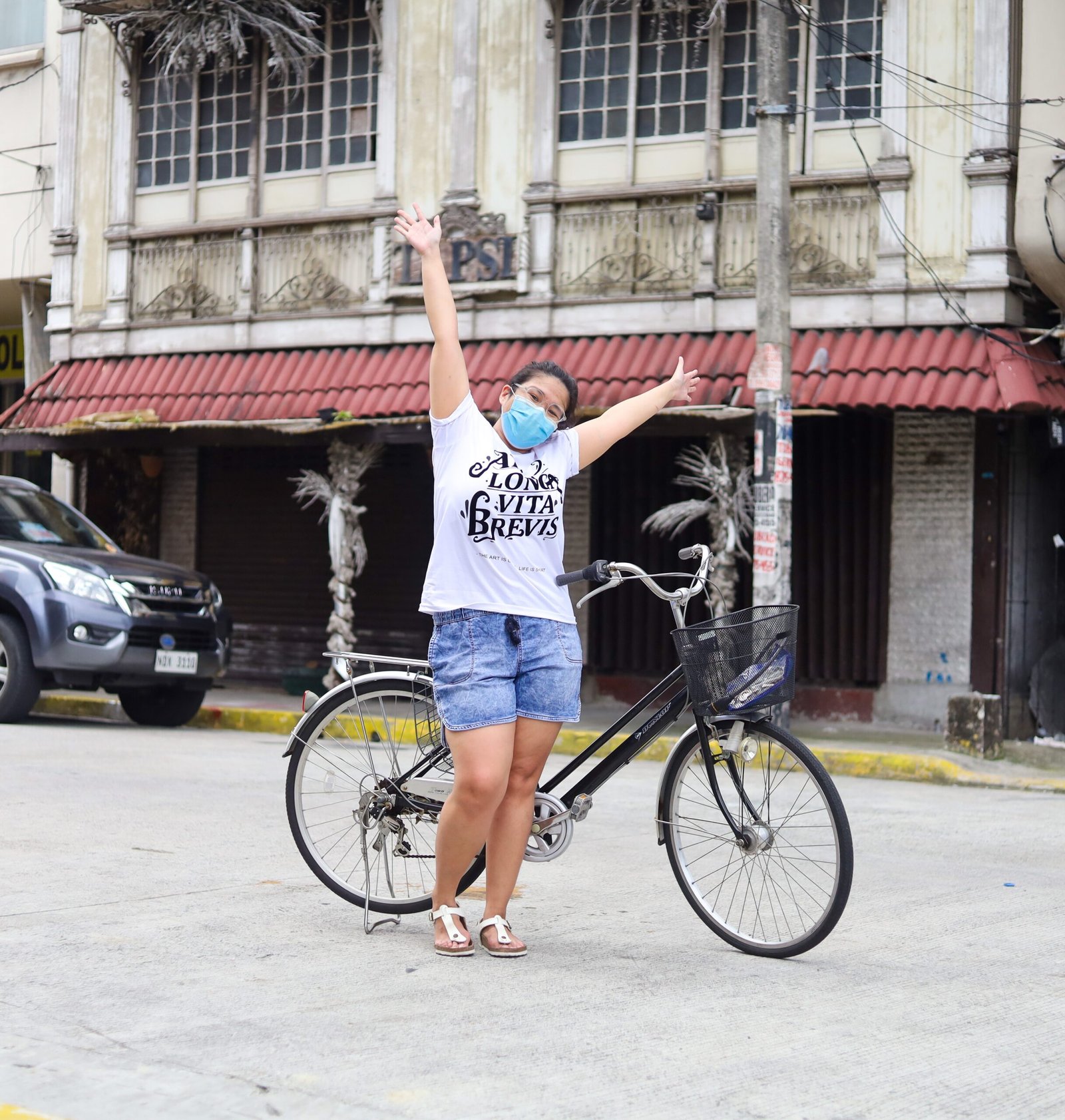
Alena Bantolo is our known first success story. She admitted that she bought a bicycle and wanted to try shifting to the bike lifestyle because of First Bike Ride 
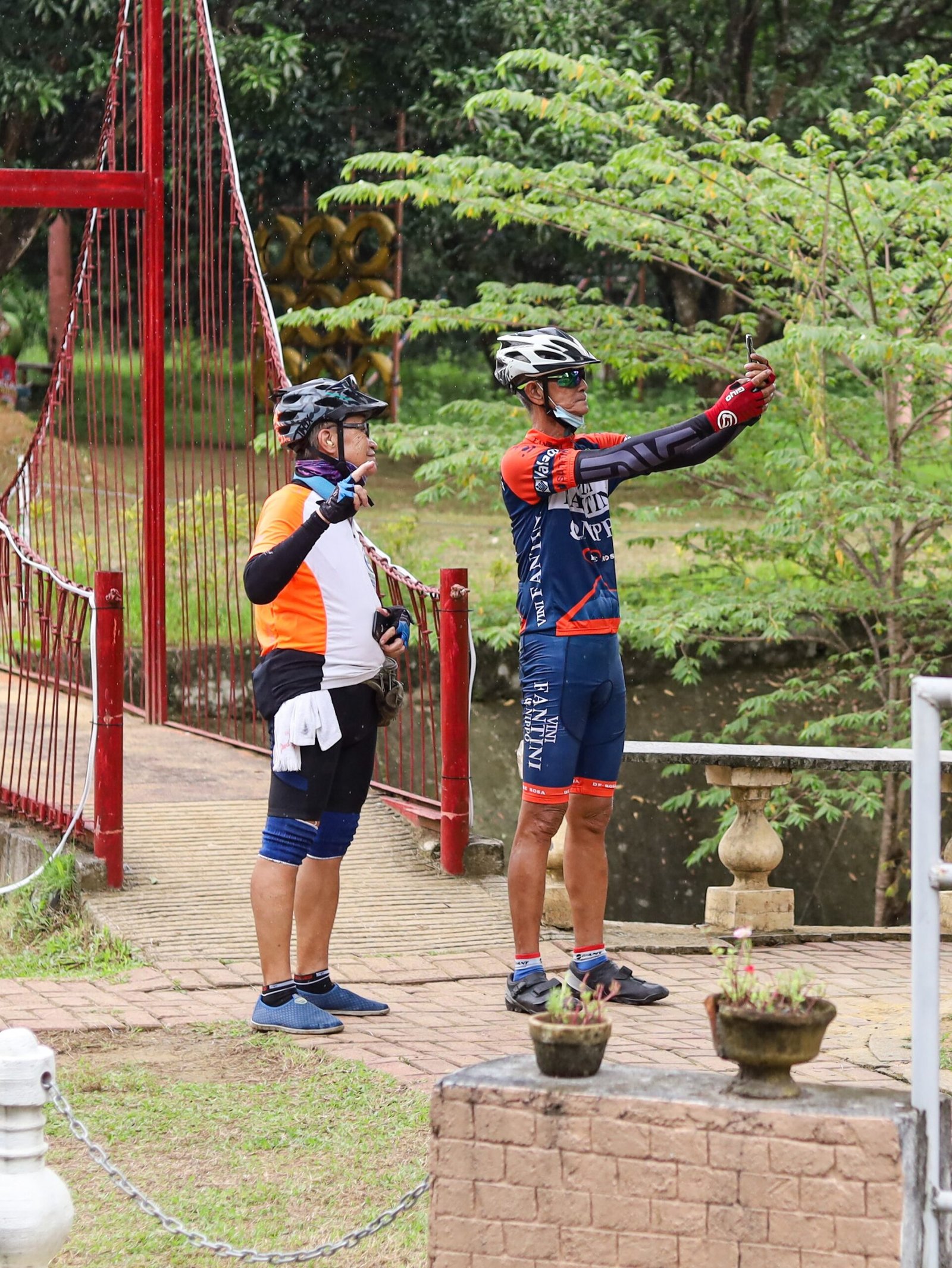
Facebook loves the stories of 76-year-old biker Antonio and 68-year-old Jun. They love to do long rides together every weekend.


Your First Bike Ride initiative struck a chord in that it offered a more personality and narrative-driven perspective in cycling. How do you find and choose the people and places you feature? What is the ‘process’ like drawing the narratives out of fellow cyclists?
It started with stories from friends, and then friends of friends who want to share their stories. Then we now have stories from people I’m not totally connected with. I love learning stories from people so I guess the interesting narratives randomly come out as they tell their experiences. I’m very curious so I talk and ask a lot of questions, even to strangers.
My first encounter with bikers is usually personal. Whenever I talk to people for the first time about cycling, it’s just to satisfy my curiosity. I don’t really think about First Bike Ride during initial conversations. Most of the time, interesting bike stories for my audience would come up and that’s the time when I ask if I could feature them on my bike page. I usually meet or talk to people more than once so I can follow up or shoot their portraits.
How do you envision growing First Bike Ride? While a new initiative, it has grown exponentially and swiftly found an audience. What would you say is your end goal for the initiative?
The continuous growth of our audience is surprising. There are people who tell me that I should do videos, but I don’t know if I want to commit to that kind of extra work. For now, I take it one step at a time. I’m still enjoying telling stories and as of this writing, my goal is still the same and that is to encourage more people to ride a bike. I also hope to see roads in the Philippines to be better but that takes a lot of work and it’s not something that First Bike Ride can do alone.
What would you say is the most valuable lesson cycling has taught you?
The first thing that comes to my mind is patience. When I was starting, I felt that it was very inconvenient compared to being a passenger or driving a car: the humidity, pollution—it’s tiring and it’s slower. As I continue cycling, it made me realize that the benefits outweigh the inconvenience.
When traffic is easy, my journey on a bike can definitely take longer. But I’m fine with it now because I feel better and happy after a ride.
What has cycling taught you about Filipinos as a culture and a people, especially as your source stories from fellow cyclists of all stripes?
I think Filipinos want to move conveniently. They are tired of bad roads. I think the people that we feature want to have better roads and they don’t want to settle for “pwede na ‘yan” or “magtiis na lang.” They have recognized the importance of mobility and that it is necessary for cities to have efficient ways of traveling for everyone’s safety and comfort.

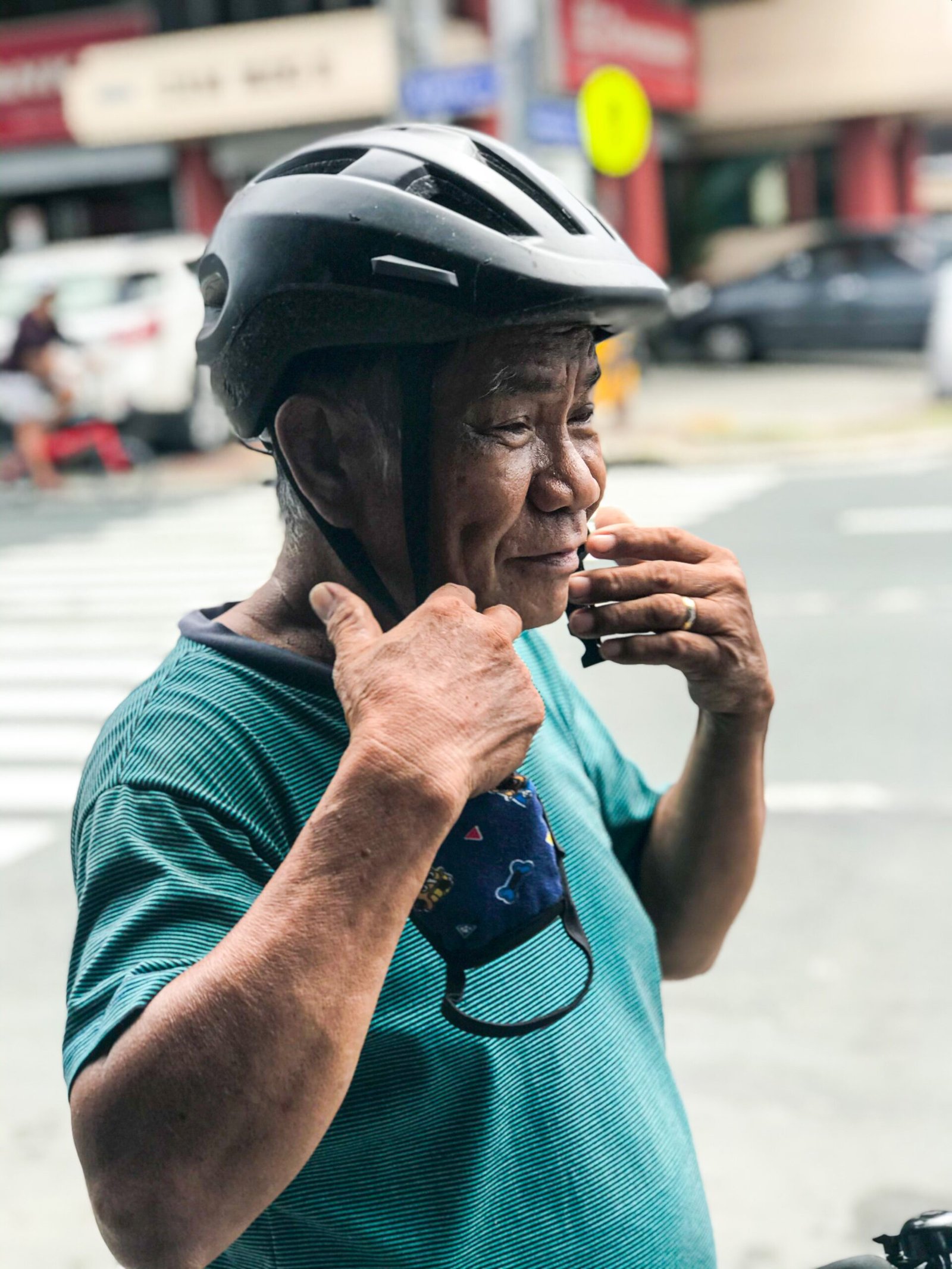
Mang Peter’s story touched the heart of many of our followers. He’s a carpenter who uses a kiddie bike for commute. 

Security guard Felix’ bicycle is a well-loved story too. He got his bike from a junkshop for 3,000 pesos.


What is your take on the rise of cycling as an alternative means of transport especially in this pandemic?
It’s good. People recognize that cycling is one of the best alternative means of transportation. I hope that people who are riding a bicycle now would maintain this practice even after the new normal. I’m also glad that more people are recognizing the proper traffic etiquette.
With the places you’ve cycled to, how would you rate the country’s general response to the rise of cycling as a means of transport? What places would you say are best equipped to accommodate cyclists?
I think the general response to cycling is mostly positive, especially now because everyone knew that transportation was hard. Using a bicycle is one of the most efficient ways of traveling. People became more understanding and they learned that bikers are more vulnerable so whenever I’m on the road I have observed that more motorists yield to cyclists.
The local governments in Metro Manila are trying their best to accommodate the cyclists on the road. Some are doing a good job like San Juan, Pasig, and Marikina. Outside the metro, there are places that are also doing an impressive job for bikers like Iloilo City and Obando in Bulacan. It’s still a long way to go but hopefully, we’ll get to reach the goal of becoming a bike-friendly country.
What more can be done to heighten awareness and protect the safety and rights of cyclists on local roads?
The vision of First Bike Ride is to encourage more people to ride a bike because it improves awareness when more people cycle. More people cycling means more demand for better roads. I believe that if you’ll experience riding a bike, you’ll know the struggles and you’ll understand how to drive better with cyclists and pedestrians around. Another way is to support groups and individuals who push for better mobility. You’ll find many online like MNL Moves, people from Move as One Coalition, Cycling Matters and How’s Your Biyahe, Bes.
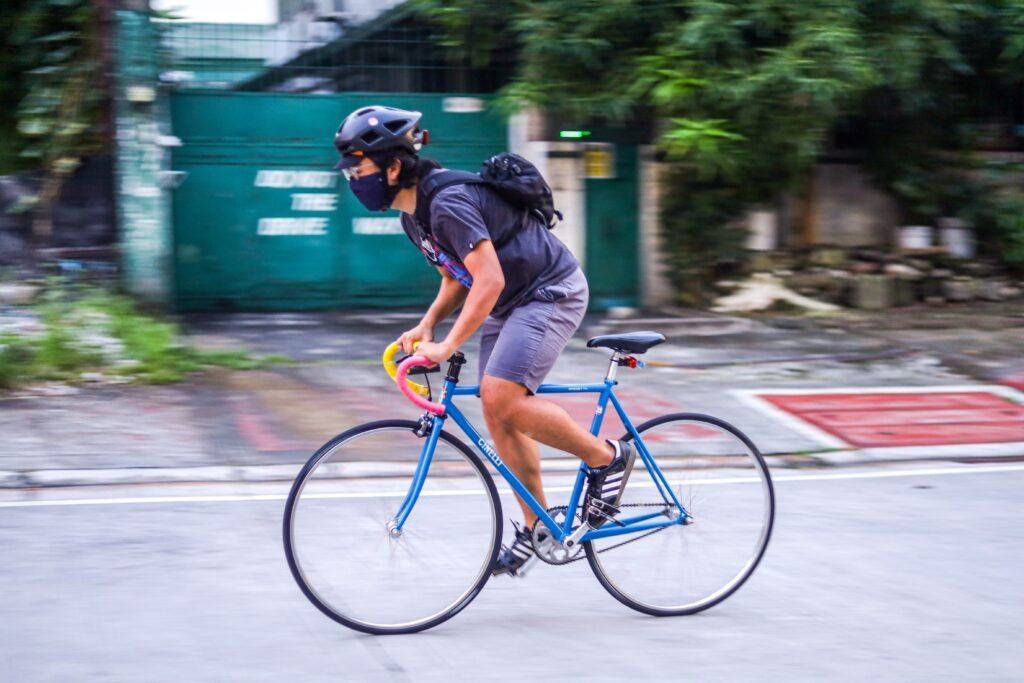

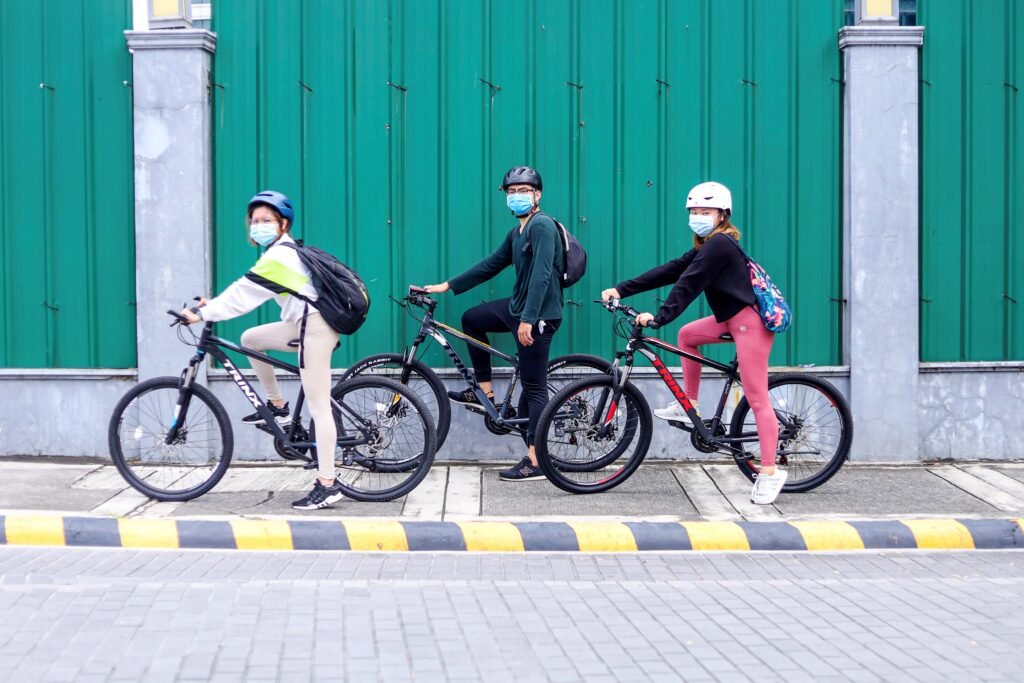

While cycling has long been pushed as a healthier and greener way to get around, it took a pandemic in the Philippines for it to be considered seriously. The positives it brings cannot be overstated. It is a mode of transport that can help usher in cleaner air, greener spaces, and healthier bodies. What is your vision of a cycling-friendly Philippines? What will it take for this vision to come to reality?
My vision of a cycling-friendly Philippines is when we get to have the proper infrastructure for cyclists: protected bike lanes, enforced road rules, secured bike parking, convenient pathways, and bike boxes among others. I believe that proper infrastructure will depend on those people in power like the government and owners of private establishments.
Favorite cycling route? What sights and scenes do we watch out for along this route?
I haven’t been to many places but so far, I enjoy riding during the night when traffic is easier. My favorite so far is cycling from Manila Bay to Manila City Hall. The capital is pretty at night especially with the lights on the pavement and the tourist attractions are turned on. The most convenient roads for me would be San Juan’s Ortigas Avenue, Makati’s Ayala Avenue, and BGC because they have impressive protective bike lanes.
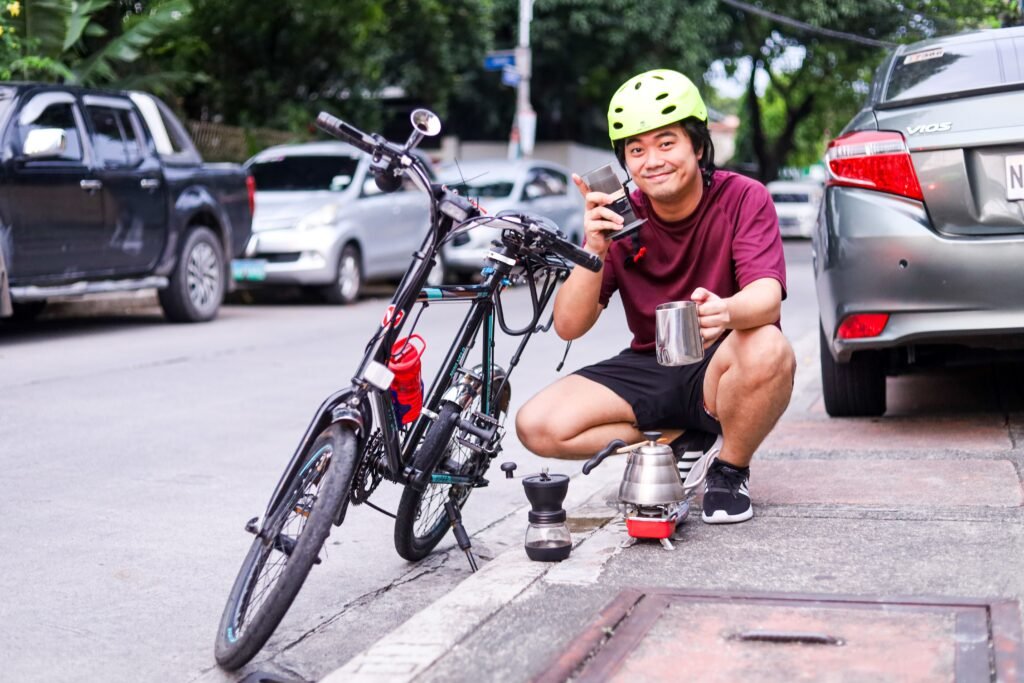



More people and their bikes over at @firstbikeride on Facebook

